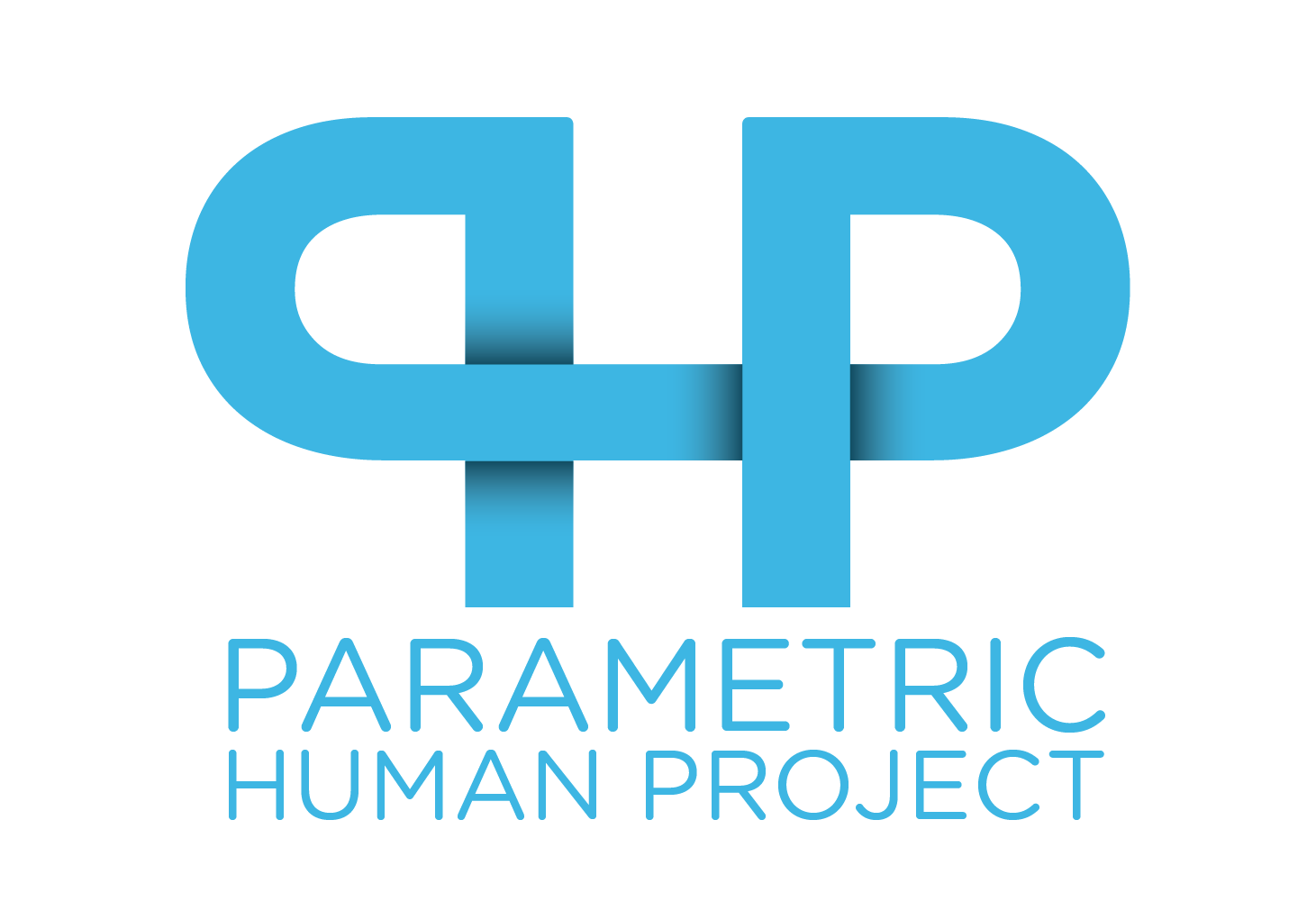Test of Motion Capture performance for capturing human pose in an assistive device, i.e. manual wheelchair (2023). [Image credit: Prof. Mat Schwartz, New Jersey Institute of Technology (NJIT).]
Brett Allen, Brian Curless, Zoran Popovic
ACM Transactions on Graphics (TOG) 2003
Motion Capture
The Accessibility Graph: Advancing Accessibility in Architectural Design
In the realm of architectural design, where sunlight, thermal, and structural analyses are routine, evaluating designs from a human-centric perspective remains an underutilized practice. While egress simulations provide insights into emergency evacuation, key aspects of human movement, such as directionality and reach, are often overlooked. To address this, Prof. Mat Schwartz is developing a project that harnesses motion capture technology to populate an Accessibility Graph, aiming to revolutionize the evaluation of architectural designs with a focus on human abilities. Together with other Parametric Human Project partners, we aim to make this dataset and toolset available to the community.
Architectural evaluations have traditionally prioritized structural considerations, neglecting the nuanced aspects of human movement. Recognizing the directionality of human movement and ensuring accessible reach are crucial, especially for individuals with disabilities. Current standards and codes are beginning to address these concerns, yet a holistic framework for human-centric evaluations in architectural design is still evolving.
Human modeling in computer graphics has seen two decades of development, primarily catering to film, video games, and clothing design. However, for practical applications in the ergonomic design of assistive devices, everyday objects, and the built environment, a more realistic model is essential. This project aims to fill this gap by incorporating motion data for individuals with disabilities, utilizing various assistive devices.
The systematic collection of human movement data employs a motion capture system. This approach utilizes a 12-camera video stream to capture human motion. The research emphasizes the need to determine the efficacy of these methods when applied to individuals using assistive devices.
The project's ultimate goal is to compile data from a diverse group of individuals with disabilities using assistive devices, establishing a parametric baseline. Leveraging state-of-the-art pose estimation and improving capture algorithms, the team aims to create realistic compound motions for testing novel environments and various conditions.
The proposed Accessibility Graph will serve as a groundbreaking tool, allowing architects and space designers to map out buildings and outdoor spaces. By visualizing and evaluating the level of accessibility and the experiences of diverse individuals within these spaces, the project aims to provide architects with general-purpose tools to develop high-quality spaces with predicted levels of accessibility.
The fusion of motion capture technology and the Accessibility Graph promises to provide greatly improved architectural design, placing human abilities at the forefront and ensuring that spaces are not just structurally sound but also universally accessible.


